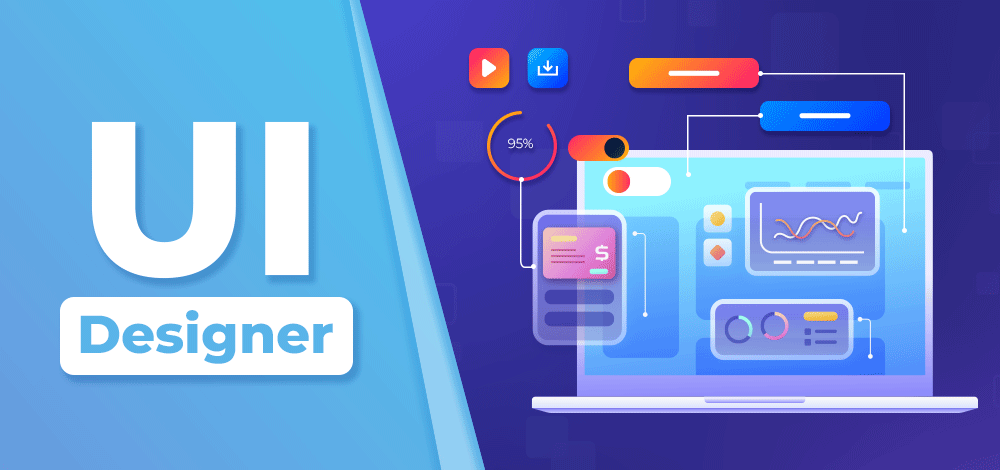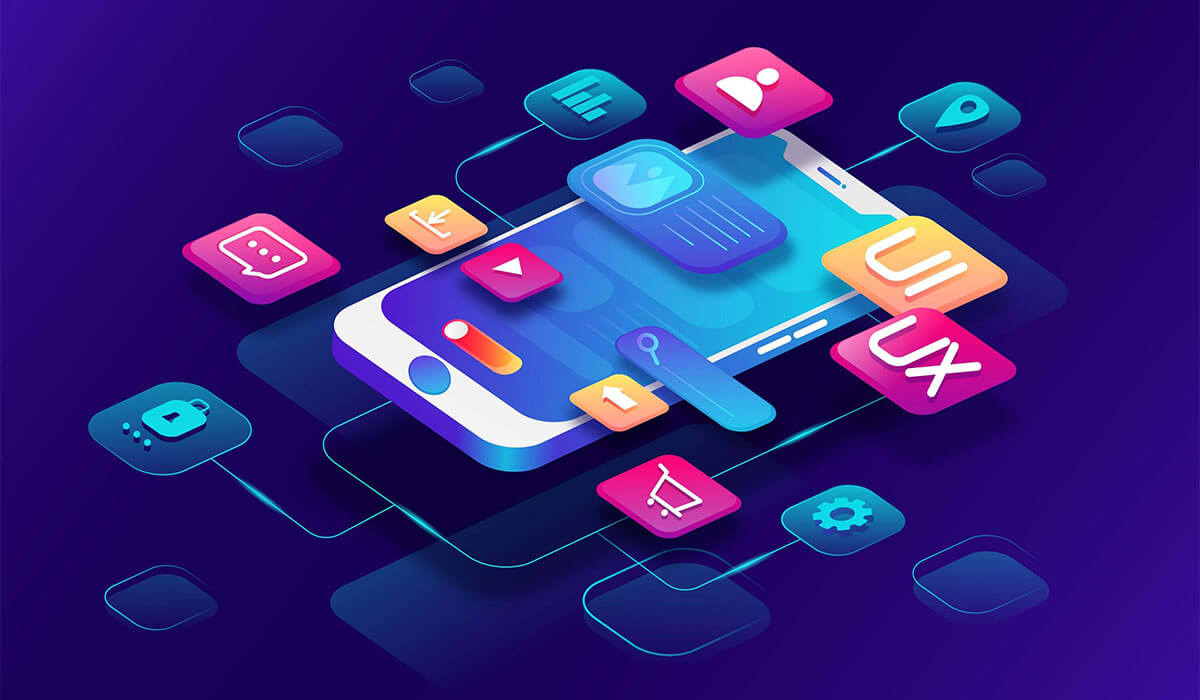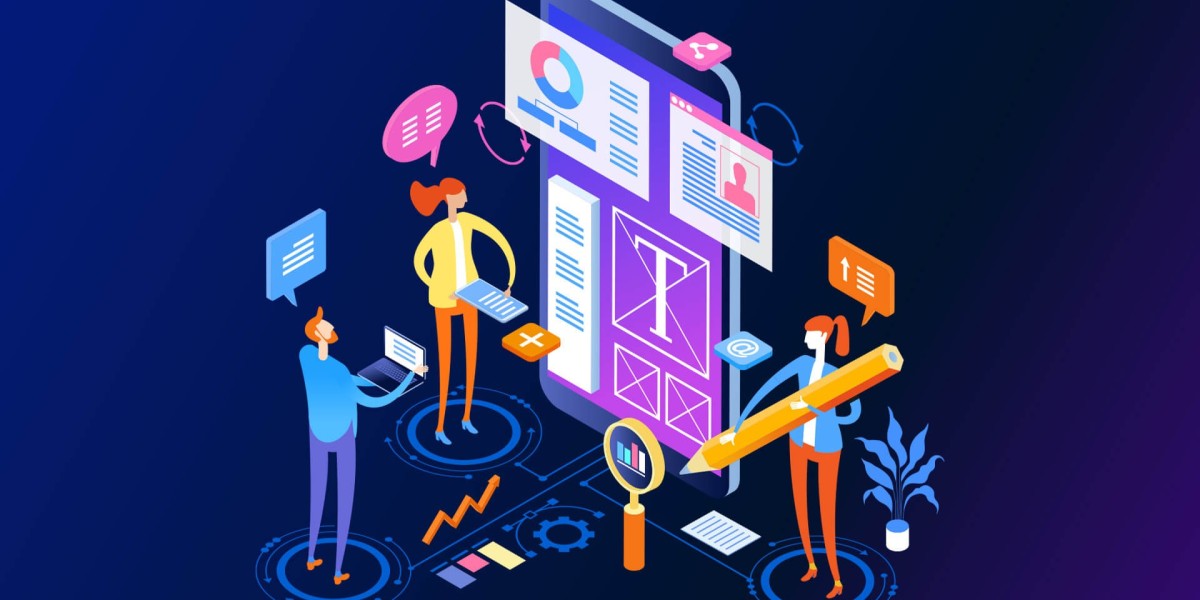Companies face a strategic choice when building their design capabilities: should they invest in an in-house UI design team or choose to outsource ui design to specialized agencies or external experts? Both approaches have distinct advantages and challenges. Understanding these can help businesses make informed decisions that align with their goals, budget, and project scope. Lionwood Software, a global software development company, offers insights into the pros and cons of each model to guide your choice.
Advantages of In-House UI Design Teams
Greater Control and Alignment
Having an in-house UI design team means direct oversight of the design process. This proximity allows for tighter control over workflows, ensuring designs align perfectly with the company’s brand identity, vision, and evolving business objectives. In-house designers are immersed in the company culture and customer base, enabling them to craft highly tailored user interfaces that resonate with the target audience.
Continuous Adaptation and Support
In-house teams provide ongoing support beyond initial project completion. They can quickly iterate on designs, optimize user interfaces based on feedback, and participate in related marketing or branding initiatives. This continuous involvement ensures the product remains current and competitive.
Cross-Department Collaboration
Internal designers often collaborate closely with product managers, developers, marketers, and other stakeholders. This proximity fosters seamless communication, faster decision-making, and a better understanding of cross-functional requirements, leading to cohesive product development.
Challenges of Maintaining an In-House UI Design Team
High Long-Term Costs
Hiring and maintaining an in-house UI design team is expensive. Companies must cover salaries, benefits, training, equipment, software licenses, and workspace. These fixed costs can strain budgets, especially for startups or businesses with fluctuating design needs.

Inconsistent Workload
UI design demands often vary. At times, the team may be overwhelmed with projects, while at others, they may have limited tasks. This inconsistency can lead to inefficiencies and underutilization of resources.
Limited Expertise and Scalability
Small in-house teams may lack the breadth of skills needed for specialized tasks such as motion design, information architecture, or mobile UI. Scaling the team quickly to meet urgent demands is also challenging due to recruitment timelines.
Benefits of Outsourcing UI Design
Cost Efficiency and Flexibility
Outsourcing UI design eliminates many fixed costs associated with in-house teams. Companies pay only for the services they need, making it a more budget-friendly option, especially for short-term projects or startups. Outsourcing also enables flexible scaling—businesses can quickly increase or reduce design resources based on project requirements.
Access to Global Talent and Diverse Expertise
Outsourcing opens the door to a vast global talent pool. Agencies and freelancers bring diverse experiences across industries and design disciplines. This broad expertise often results in innovative and fresh design perspectives that might not be available internally.
Faster Turnaround and Resource Availability
External design teams typically have multiple specialists available, allowing them to handle large workloads and tight deadlines efficiently. This can accelerate project timelines and improve overall productivity.
Focus on Core Business Activities
By outsourcing UI design, internal teams can concentrate on core competencies such as product strategy, development, and marketing, while leaving design to experts. This division of labor enhances overall business efficiency.

Potential Drawbacks of Outsourcing UI Design
Communication and Coordination Challenges
Working with remote or external teams can introduce communication gaps and misunderstandings. Differences in time zones, language, and work culture require careful management and clear communication protocols to ensure alignment.
Intellectual Property and Confidentiality Concerns
Outsourcing involves sharing sensitive product information with third parties. Companies must establish clear agreements regarding intellectual property rights and confidentiality to protect their assets.
Cultural and Design Style Differences
Design aesthetics and user expectations can vary by region. It’s important to select outsourcing partners whose design philosophy aligns with your brand and audience preferences to avoid mismatches.
Making the Right Choice for Your Business
Choosing between an in-house UI design team and outsourcing depends on several factors:
Project Scope and Duration: Long-term, continuous design needs favor in-house teams, while short-term or specialized projects may benefit from outsourcing.
Budget Constraints: Outsourcing offers cost savings and flexibility, ideal for startups or companies with limited budgets.
Expertise Requirements: If your project demands diverse or niche design skills, outsourcing provides access to specialized talent.
Control and Collaboration Needs: In-house teams offer closer collaboration and faster iteration cycles.
Scalability: Outsourcing allows rapid scaling without recruitment delays.
How Lionwood Software Supports UI Design Needs

Lionwood Software, a global software development company, offers both in-house and outsourced UI design services tailored to client needs. Their approach includes:
Delivering custom UI design solutions aligned with brand and business goals
Providing access to a diverse pool of design experts for specialized tasks
Ensuring seamless communication and collaboration through modern project management tools
Offering scalable design teams that adapt to project demands
Maintaining strict confidentiality and intellectual property protections
Partnering with Lionwood Software enables companies to leverage expert UI design capabilities without the challenges of building and managing large internal teams.
Conclusion
Both in-house and outsourced UI design teams have distinct advantages and limitations. In-house teams provide control, continuous support, and cultural alignment but come with higher costs and scalability challenges. Outsourcing UI design offers cost efficiency, access to global talent, and flexibility but requires effective communication and careful partner selection.
By carefully evaluating your project requirements, budget, and long-term goals, you can choose the model that best fits your business. Whether you decide to build an internal team or outsource UI design, partnering with experienced providers like Lionwood Software ensures high-quality, innovative, and user-centric designs that drive your product’s success.



